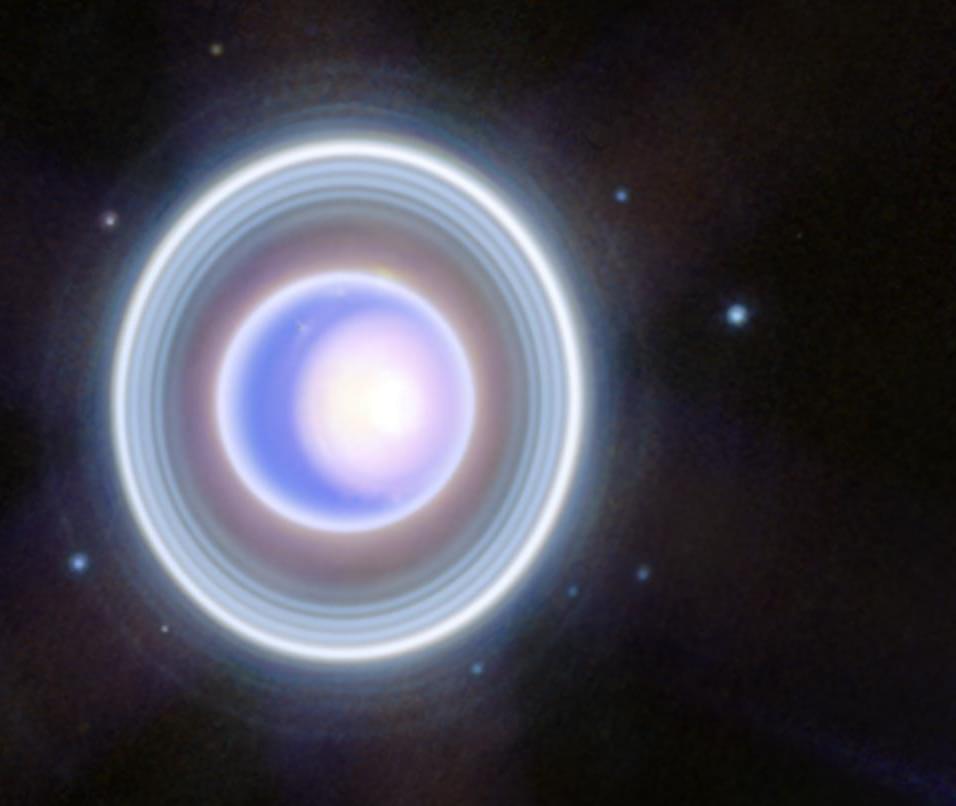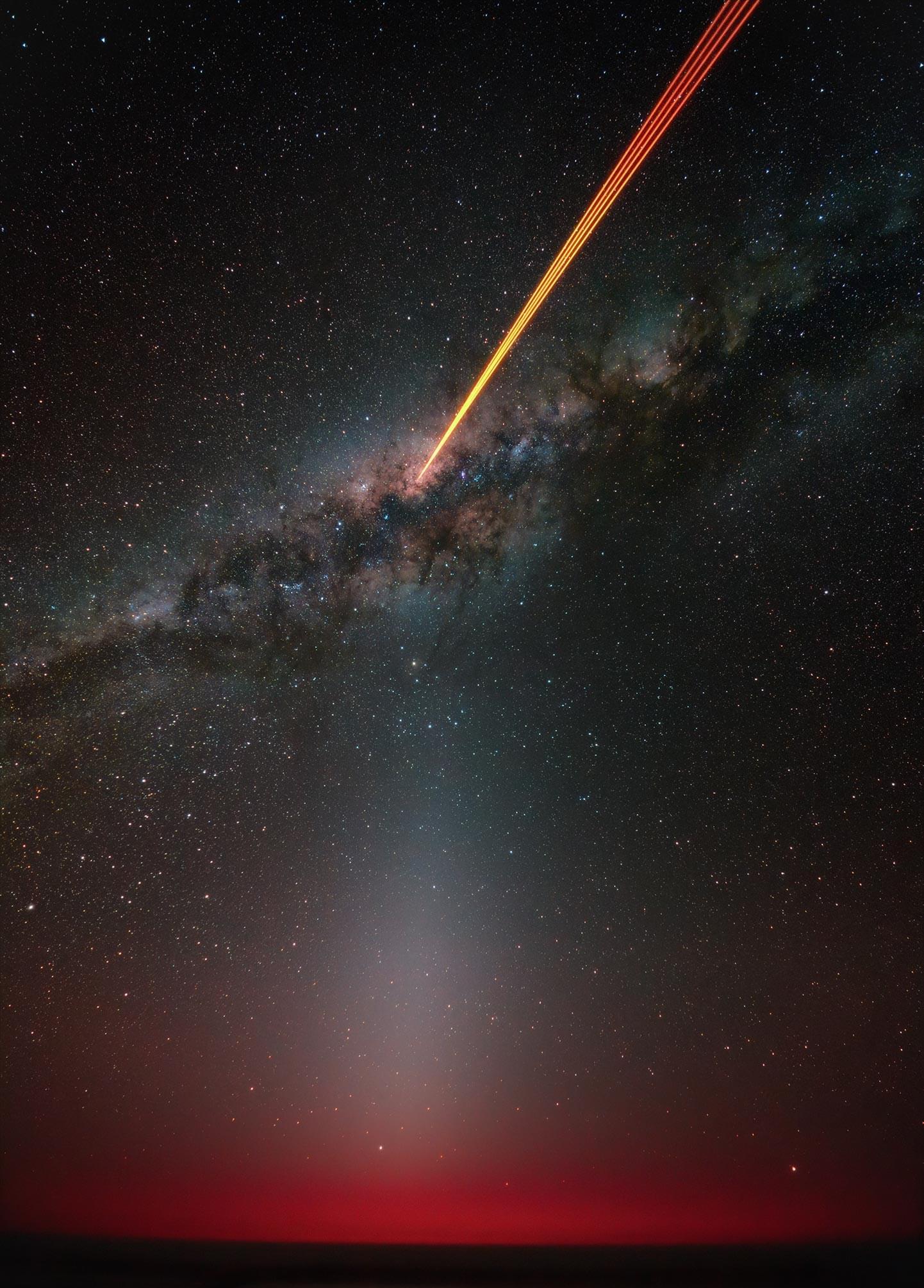An international team of researchers has successfully controlled the flow of energy in a molecule with the help of its pH value. The results of the study, led by Friedrich-Alexander-Universität Erlangen-Nürnberg (FAU), could contribute to the development of new sensors for medical diagnostics, for example.
The findings are also of interest for building more efficient solar cells and for use in quantum computing. The results have been published in the journal Nature Communications.
A process called singlet fission is at the center of the study. In future generations of solar cells, it should improve the utilization of light and thus increase efficiency. Until now, a large proportion of the energy that shines onto solar cells is lost and released as heat.









